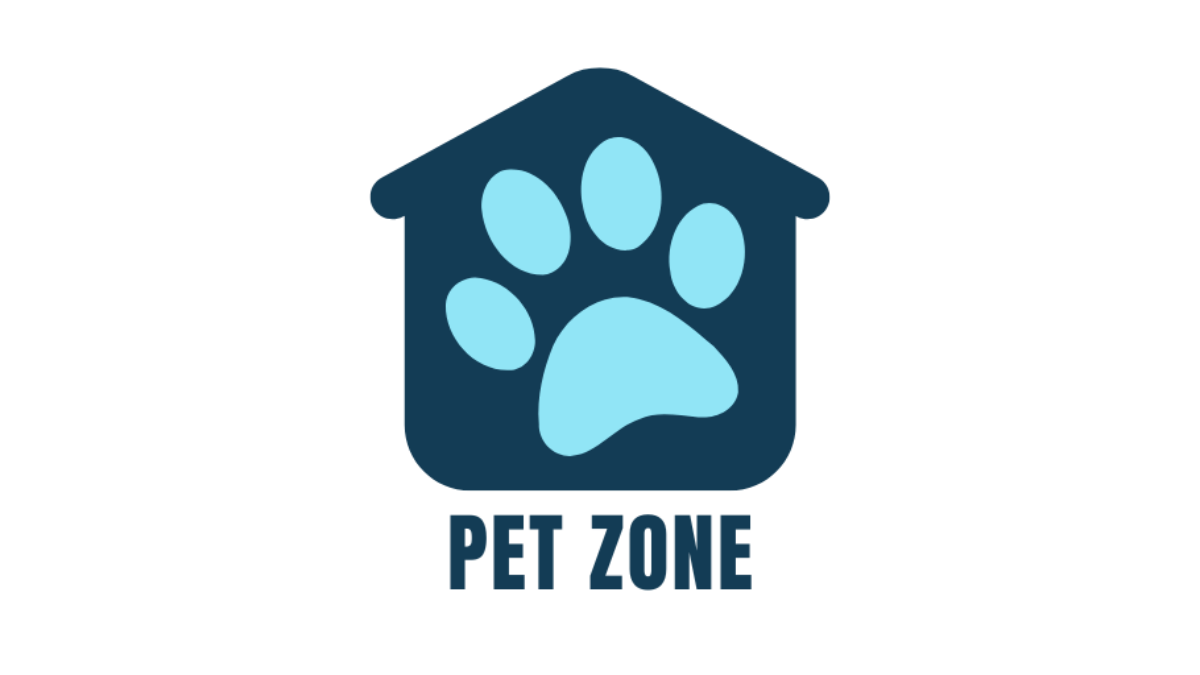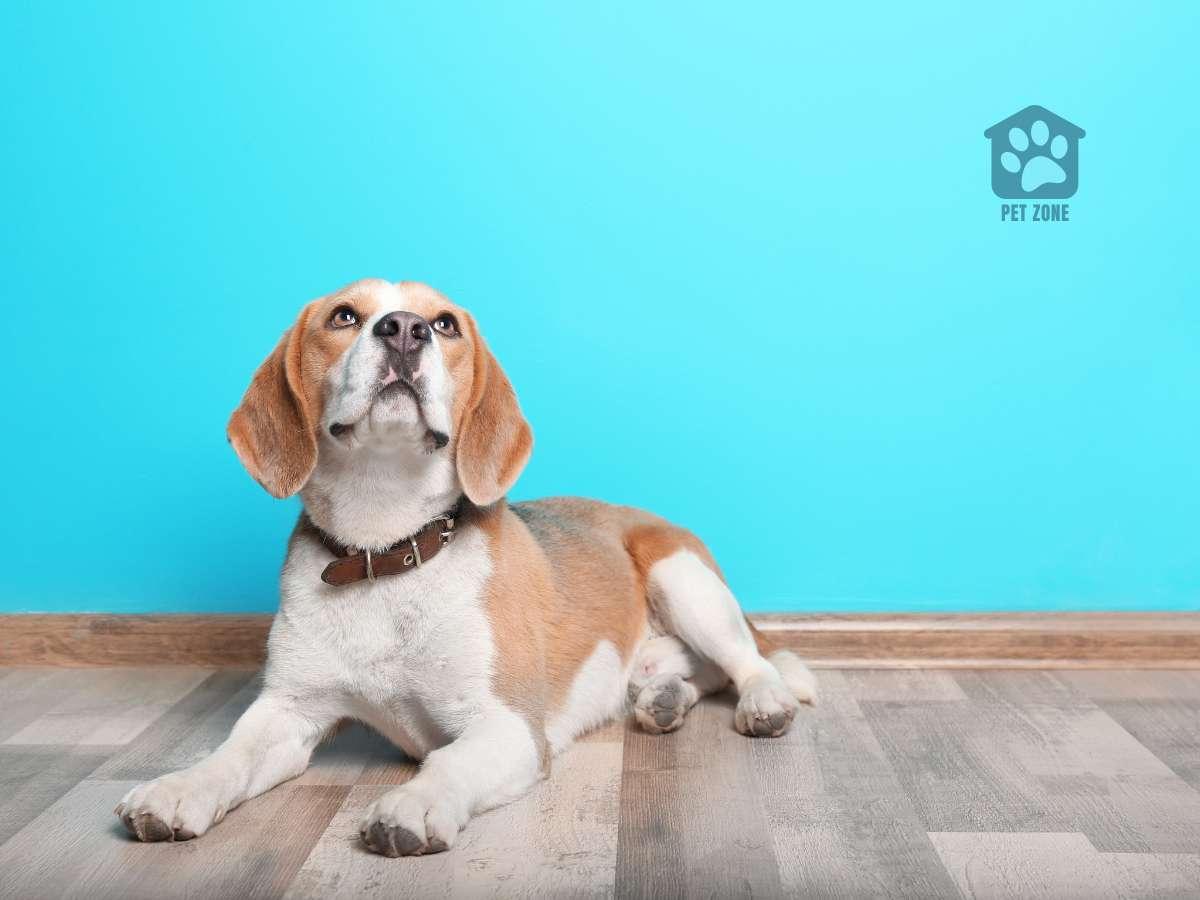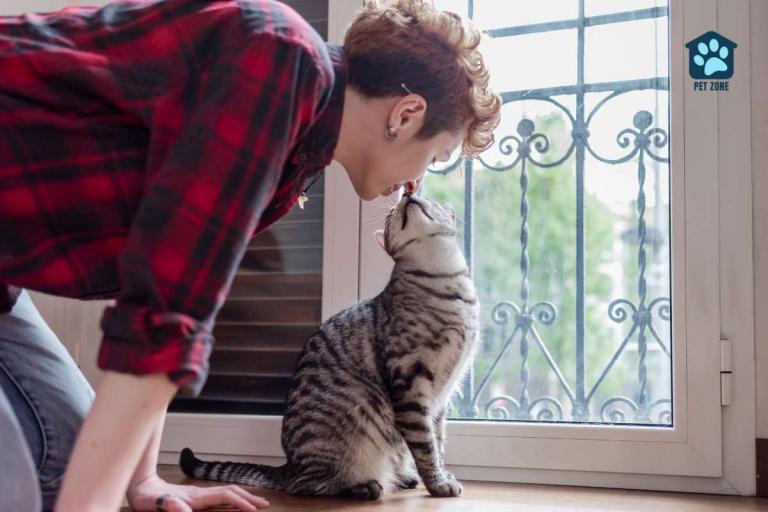Estimated reading time: 5 minutes
Is your dog turning your once pristine walls into a scratch-marked masterpiece? From separation anxiety to boredom and even health issues, there’s a myriad of reasons why dogs turn into little Picassos, employing the walls as their canvas.
But don’t worry, we won’t leave you hanging like a half-chewed slipper. We’ll dive deep into the psychology of these scratchy situations, sharing insights and practical tips to address this behavior head-on.
What are the reasons why dogs scratch walls?
Separation anxiety
One of the primary reasons why your dog might start scratching walls is separation anxiety. Dogs are social animals and can become distressed when left alone for extended periods.
When feeling anxious or lonely, dogs may paw and scratch at the walls as a way to cope with their emotional stress. This behavior can manifest when they’re left alone or separated from their owners, and it serves as an attempt to seek comfort or alleviate their anxiety.
Boredom and lack of stimulation
Another common cause for many dogs scratching walls is boredom. Dogs are intelligent creatures that require mental and physical stimulation to thrive.
When they lack proper outlets for their energy and mental engagement, they may resort to scratching walls out of sheer boredom. This behavior is a way for them to release pent-up energy and alleviate their restlessness.
Destructive behavior
Destructive behavior, including scratching walls or chewing on your stuff, can be a result of various underlying issues. Dogs may engage in this behavior due to frustration, lack of training, or simply as a means of seeking attention.
If they find scratching the walls to be rewarding, such as getting your attention or getting a reaction from their owners, they may continue the behavior.
Mimicking owner behavior
Dogs are observant creatures and often pick up on their owner’s habits and actions. If they witness their owners scratching or interacting with the walls, they may mimic this behavior.
Dogs may interpret wall scratching as a form of communication or an activity that’s acceptable to engage in. Thus, it’s important to be mindful of our own behavior around our furry companions to prevent them from imitating unwanted actions.
Health issues
In some cases, dogs may scratch walls due to underlying health issues. Itchy skin caused by allergies, parasites, or dermatitis can drive a dog to scratch excessively, including against walls.
If you notice that your dog’s scratching behavior is accompanied by other signs of discomfort, such as redness, rashes, or hair loss, it’s essential to consult a veterinarian to rule out any medical conditions.

How can I get my dog to stop scratching the walls?
Provide plenty of exercises and mental stimulation
One effective way to get your dog to stop scratching walls is to ensure they receive an adequate amount of exercise and mental stimulation. Engaging your dog in daily activities such as walks, playtime, and interactive games can help release their energy and prevent boredom.
Puzzle toys, treat-dispensing toys, and training sessions are excellent ways to challenge your dog mentally and keep them entertained.
Train your dog to use a scratching post or pad
Redirecting your dog’s scratching and chewing behavior to an appropriate surface is essential. Introduce a scratching post or pad and encourage your dog to use it instead of the walls.
Place the scratching post in an accessible and appealing location, and entice your dog with treats or toys. Whenever you notice them scratching the post, reward them with praise and treats to reinforce the desired behavior.
Give your dog plenty of attention and time with you
Dogs thrive on social interaction and attention from their owners. Spending quality time with your dog can help alleviate boredom and separation anxiety, which are common triggers for wall scratching.
Engage in activities that your dog enjoys, such as going for walks, playing fetch, or simply cuddling and giving them affection. Regular positive interactions can strengthen the bond between you and your dog, reducing the likelihood of them seeking attention through scratching your walls.
Use positive reinforcement to reward good behavior
Positive reinforcement is a powerful tool in shaping your dog’s behavior. When your dog refrains from scratching the walls or uses the scratching post, praise them and offer treats as rewards.
This positive association will encourage them to repeat the desired behavior. Consistency is key, so be sure to provide rewards consistently and promptly when your dog exhibits appropriate scratching behavior.
Consult with a veterinarian or trainer if the behavior persists
If your dog’s wall-scratching behavior persists despite your efforts, it’s advisable to seek professional guidance. A veterinarian or professional dog trainer can help assess the underlying cause of the behavior and provide specialized advice tailored to your dog’s specific needs.
They can offer further training techniques, and behavior modification strategies, or suggest medical interventions if necessary.
Conclusion
Understanding why your dog scratches the walls is the first step toward getting to the root of the problem and finding effective solutions. Whether it’s separation anxiety, boredom, destructive behavior, mimicking owner behavior, or underlying health issues, each cause requires a tailored approach to help your canine companion overcome this habit.
By providing ample exercise and mental stimulation, redirecting their scratching behavior to appropriate surfaces, showering them with attention and positive reinforcement, and seeking professional guidance when needed, you can guide your dog toward healthier and more fulfilling behaviors.
We hope this article has shed light on the reasons behind your dog’s wall scratching and offered practical tips to address the issue. Remember, patience and consistency are key in training and modifying your dog’s behavior.
Please Comment and Share
Now, we want to hear from you! Have you faced the challenge of a wall-scratching pup? What strategies worked for you? Share your experiences, tips, and success stories in the comments below. Let’s create a supportive community where we can learn from each other and help our dogs lead their happiest, scratch-free lives.
If you found this article helpful and informative, don’t keep it to yourself. Share it with fellow pet owners, friends, and family members on your favorite social media. Thanks for stopping by!
As an Amazon Associate I earn from qualifying purchases.








